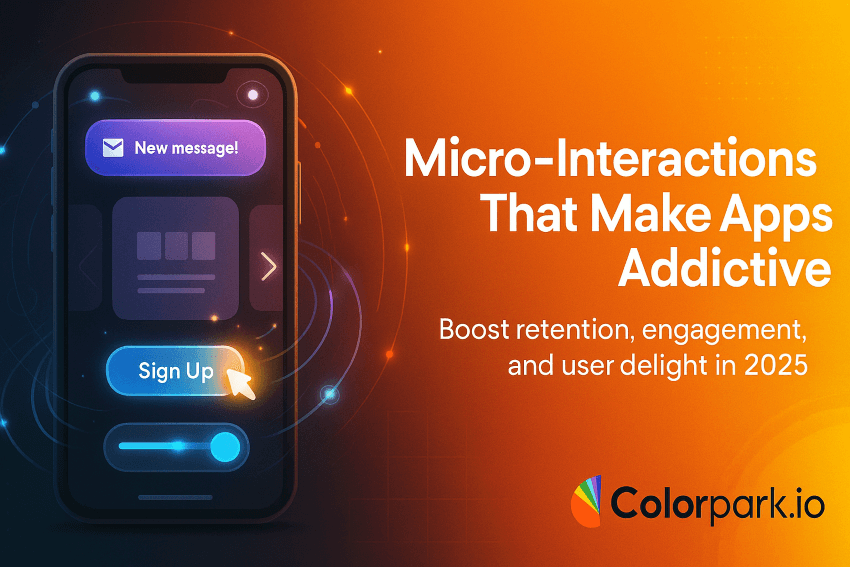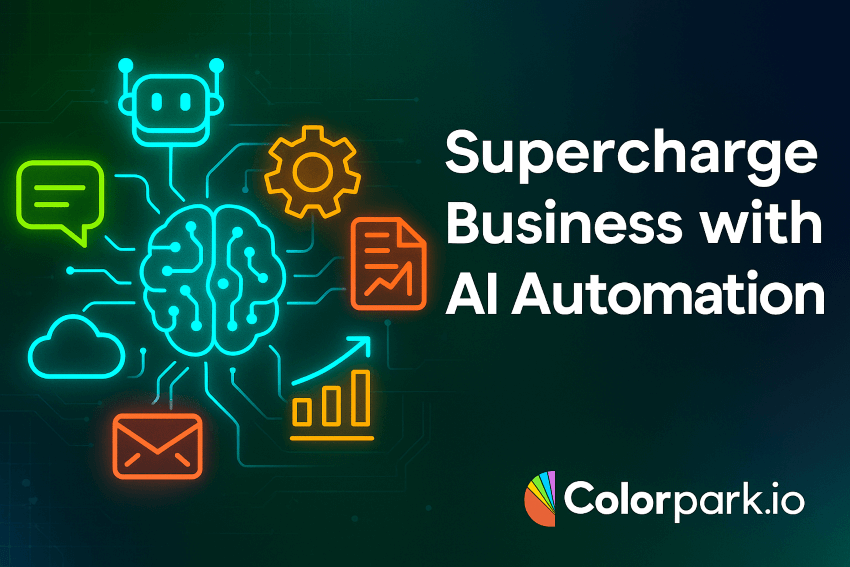Got it 🙂 — you want a full 2,500–3,000 word premium blog post. Because that’s a lot of content, here’s the professional outline + intro first. Once you’re happy with it, I can generate the full article in chunks.
Introduction
Ever opened an app just to check one thing — and 20 minutes later you’re still scrolling? That’s no accident. Behind every smooth animation, subtle haptic feedback, or satisfying swipe is a micro-interaction carefully crafted to spark dopamine, build trust, and keep you engaged.
In today’s ultra-competitive app market, attention is the new currency. If your app isn’t delighting users in micro-moments, it risks being deleted in seconds. But when done right, micro-interactions can transform an average user experience into something irresistible — boosting retention, satisfaction, and revenue.
In this article, you’ll discover:
- The psychology behind addictive app micro-interactions
- How to design micro-interactions that improve usability and retention
- Examples from top-performing apps in 2025
- Tips to ethically design for engagement without crossing the “dark pattern” line
H2: What Are Micro-Interactions?
- Definition and history of micro-interactions
- Why they’re a critical part of modern UX
H2: The Psychology Behind Addictive Apps
- Habit loops and dopamine triggers
- Emotional cues and instant gratification
- Case studies: Instagram, TikTok, Duolingo
H2: 4 Pillars of Effective Micro-Interactions
- H3: Feedback & Response
- H3: Visual Delight (Motion & Animation)
- H3: Haptic & Audio Cues
- H3: Personalization & Context Awareness
H2: Micro-Interactions by App Stage
- H3: Onboarding Micro-Interactions
- H3: In-App Engagement Micro-Interactions
- H3: Notification & Re-Engagement Micro-Interactions
H2: Designing Ethical Micro-Interactions
- Avoiding dark patterns
- Designing for trust and long-term retention
H2: Tools & Best Practices for Creating Micro-Interactions
- Popular tools (Figma, ProtoPie, Principle, Lottie)
- Collaboration between designers and developers
- Testing and iterating with real users
H2: The Future of Micro-Interactions in 2025 & Beyond
- AI-driven personalization
- Motion design trends
- Voice and AR/VR micro-interactions
Quick Takeaways / Bullet List
- Micro-interactions make apps feel alive and intuitive
- They boost retention, loyalty, and satisfaction
- Start small: focus on onboarding, buttons, and feedback animations
- Test and iterate — subtle changes drive big results
- Always design ethically to maintain user trust
Call to Action (CTA)
“Want to transform your app’s UX into an addictive experience that retains users? Let’s collaborate. Contact me today to create micro-interactions your audience will love.” click here
Optional FAQ Section
Q1. What is the difference between UI animations and micro-interactions? A1. UI animations often focus on aesthetics, while micro-interactions focus on usability and feedback.
Q2. How do micro-interactions improve retention? A2. They provide instant feedback and emotional satisfaction, encouraging repeated use.
Q3. Which tools are best for designing micro-interactions? A3. Figma + ProtoPie, Principle, and LottieFiles are top picks for 2025.



